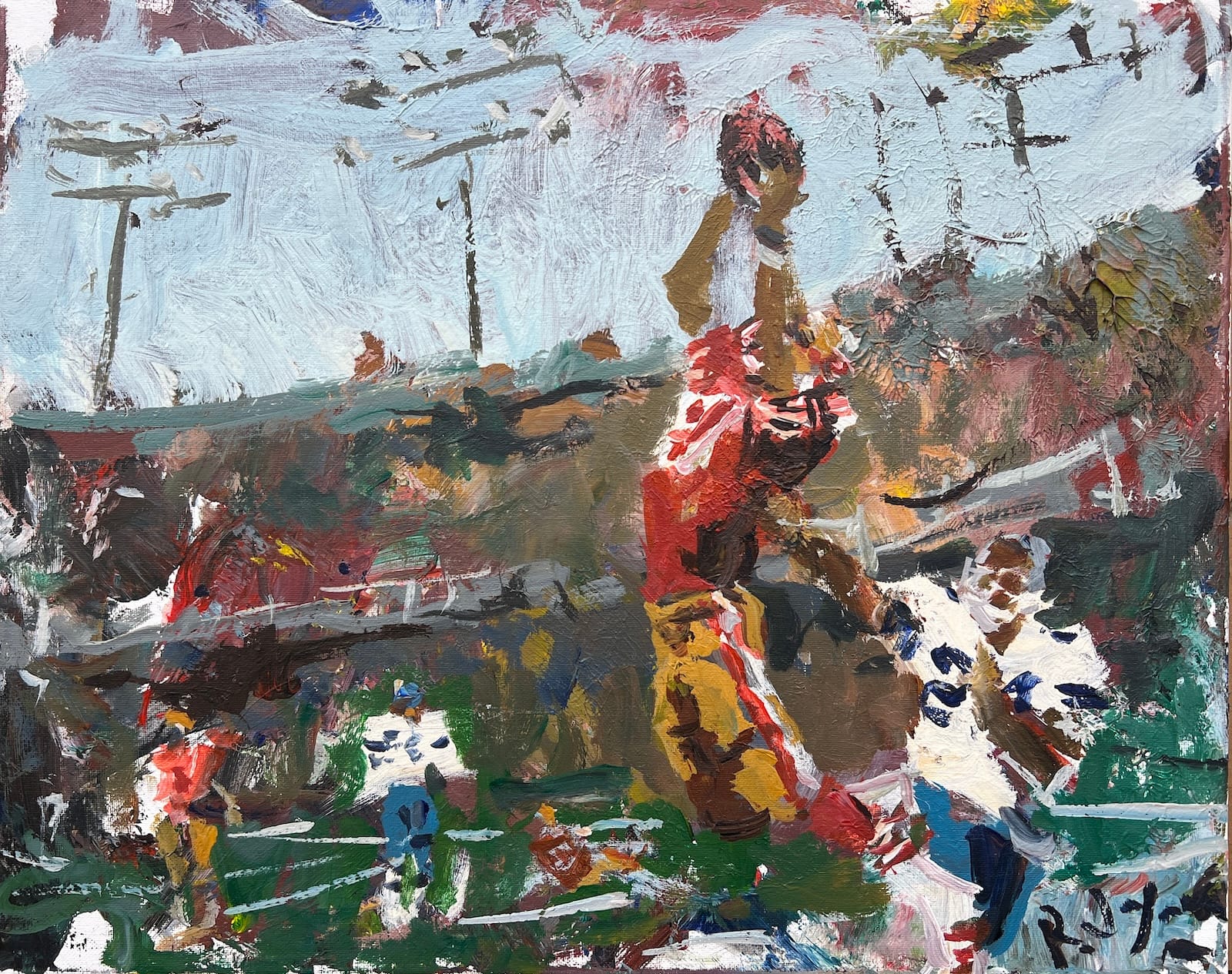
Loose Coastal Study Mixing Acrylic and Watercolors
A loose coastal painting created with watercolor and acrylics, focused on atmosphere, abstraction, and letting the scene evolve naturally.


A loose coastal painting created with watercolor and acrylics, focused on atmosphere, abstraction, and letting the scene evolve naturally.

Learn how I create an expressive mixed-media still life using collage, acrylics, and charcoal. This tutorial includes an ad-free video demonstration and step-by-step tips.

Learn how to blend watercolor and acrylics to revive old paintings and create loose, expressive mixed-media landscapes.

Here’s a simple, beginner-friendly collage project built from loose paper shapes, easy paint layers, and a playful composition. Perfect for anyone wanting an approachable mixed-media idea.

Just another garage style watercolor video sharing tips for painting loose pine trees. And as always, it's an ad-free video, enjoy!

I grew up watching NFL games on a black-and-white TV with rabbit-ear antennas, so painting classic Cleveland Browns players — especially Jim Brown — is something I always enjoy.

I’m starting a new Denver Nuggets painting series featuring Nikola Jokić, Jamal Murray, and Aaron Gordon. Each piece is acrylic on canvas with loose, expressive brushwork.

Explore expressive painting progressions with collage and acrylic. Learn to loosen up your art and paint with confident, painterly energy.

A short demo about breaking watercolor habits — no drawing, no color-matching, just instinct and design.

Celebrate four consecutive Super Bowls and Bills Mafia passion with original hand-painted artwork featuring Kelly, Thomas, Smith, and Josh Allen.

Celebrate five Super Bowl championships and the greatest dynasty in NFC history with original hand-painted 49ers artwork. From Joe Montana's clutch fourth-quarter drives to Jerry Rice's record-breaking dominance, these unique pieces capture the red and gold tradition.

Celebrate six Super Bowl championships and the greatest dynasty in modern NFL history with original hand-painted Patriots artwork. From Tom Brady's two decades of excellence to Rob Gronkowski's dominant tight end play.